MOCHA MOUSSE: TRANSFORM YOUR HOME WITH THE COLOR OF THE YEAR 2025
The Pantone Color Institute announced its 2025 Color of the Year: Mocha Mousse.
READ MOREWhen it comes to enhancing the exterior of your home, the right siding can make all the difference.
For homeowners who love the timelessness of a colonial-style house, blending classic design, modern materials and charming colors can create a beautiful home with contemporary functionality.
We’ve created a guide to showcase stunning colonial house siding ideas. From combining the elegance of colonial lap siding with modern updates to the traditional appeal of colonial vinyl siding with bold colonial siding colors, there are many ways that you can bring your historic home to life.
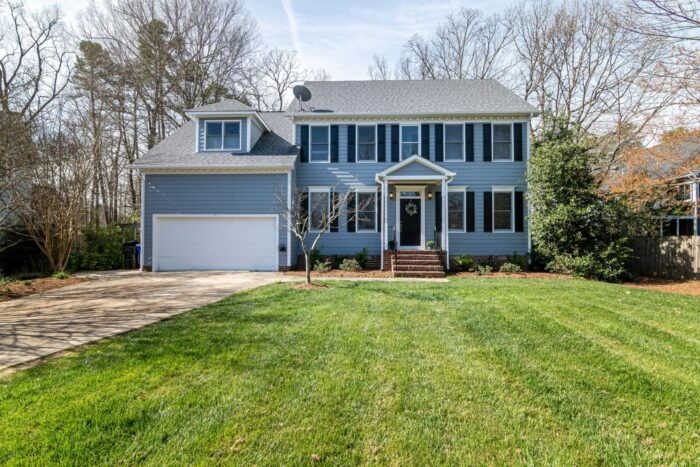
Traditional clapboard siding is a hallmark of colonial homes. With a timeless elegance radiating from its classic horizontal wood planks, it gives a home a warm and inviting appearance. This siding style is often created out of natural wood, such as pine or cedar, perfectly complementing the architectural charm of any colonial home.
The allure of clapboard siding comes from its simplicity. The long, narrow boards are layered to give your home a soft, natural texture. This siding also ages gracefully, giving your home a unique patina over time that enhances its character and charm.
While natural wood has great appeal, it does require a bit of ongoing maintenance, like painting or staining. With the magic of modern materials, you can forgo the maintenance and opt for vinyl or steel. These materials replicate the look of traditional wood without the constant upkeep.
Vinyl and steel offer a host of other advantages, like resistance to rot, warping and pests. These materials are perfect for homeowners who want to preserve the historic roots of a home without the hassle of maintenance.
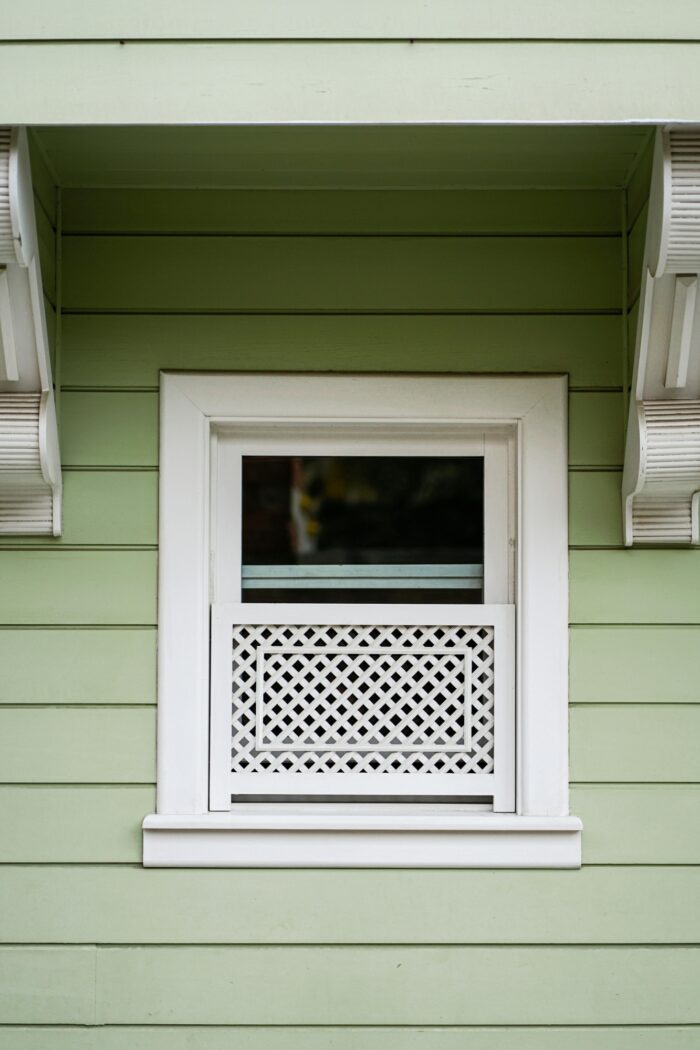
Beaded lap siding is an elegant choice if you want to add a touch of sophistication to your colonial-style home. It is characterized by a subtle, decorative bead detail along the bottom edge of each siding plank. It gives the siding a bit of texture and depth.
The bead itself is a small, rounded groove, giving your home some visual interest compared to traditional clapboard siding. It’s been a staple in classic colonial architecture for centuries and is a popular choice in subtly elevating a home.
If you’re looking to soften the lines of your home’s exterior, the gentle curve of the beads does just that. It stands out without overwhelming the overall design.
Beaded lap siding complements both contemporary and classic color schemes. You can go with soft, neutral tones or bolder hues for a stunning contrast.
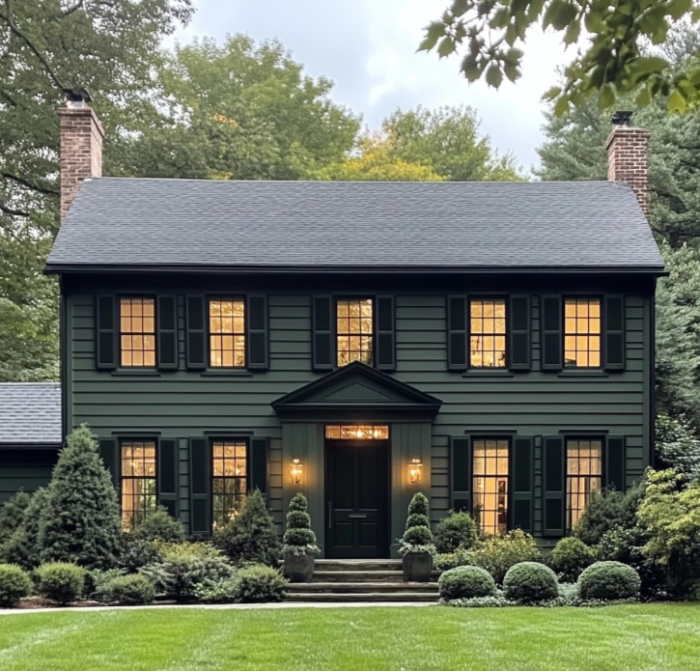
If you don’t know whether to go bold or neutral, it is possible to do both. For a timeless and striking look, combining the color schemes in a colonial-style home is a way to add modern flair.
Classic shades like tan, beige, cream and white have long been associated with the colonial aesthetic. It gives you clean, crisp backdrops to complement the architectural details.
Plus, neutral colors give you a versatile foundation for some spunky accent colors.
Navy blue, forest green and barn red are bold, colonial-inspired hues. Navy blue gives you a stately charm with a striking contrast against the warmth of a neutral base color. If you want more earthy, outdoorsy vibes, go for forest green. Finally, the rich, deep tone of barn red adds some rustic Americana vibes that pay respect to historic colonial styles.
These color combinations can enhance the beauty of your home without forgoing the enduring spirit of traditional colonial design. Neutrality gives balance and harmony while bold accents give depth and visual interest.
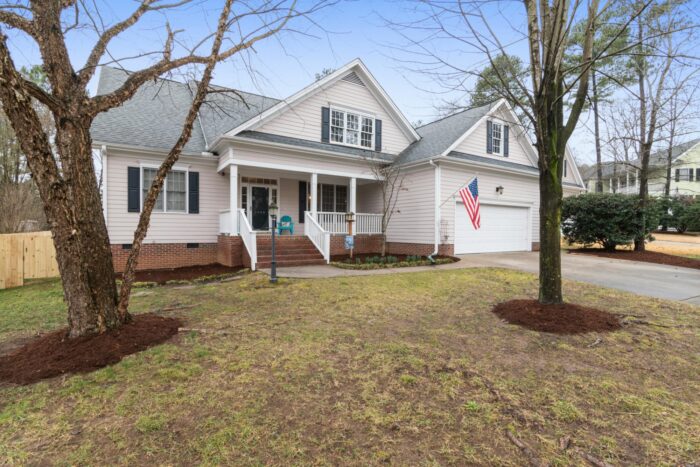
If you want natural texture and warmth, add brick or stone accents to your colonial-style home.
You can add brick or stone as a siding accent or as a base around your home's foundation. The base anchors the home, giving the design a sense of permanence for a grounded and historic feel.
The rough texture of brick or stone paired with traditional siding gives a textured contrast to the clean lines, highlighting the architectural symmetry you often see in colonial homes. Try to locally source your materials to reflect the historic craftsmanship of earlier colonial homes.
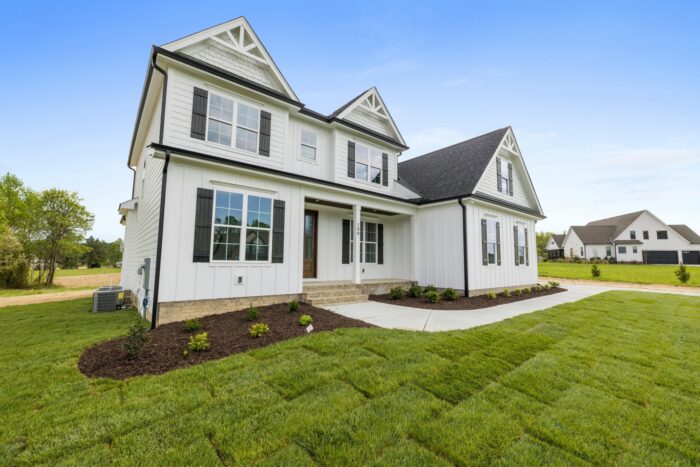
Traditional colonial homes often favor horizontal siding, but vertical board-and-batten siding can give your house a refreshing twist.
This siding design uses wide boards placed side-by-side with narrow strips (battens) covering the seams. It’s a gorgeous textured look with layers that draw the eye upward, making the home look tall and elegant.
If you don’t want to disrupt the traditional charm of your main home, board-and-batten details are great for highlighting home extensions and garages. Adding vertical boards on certain parts of the home is great for adding depth and texture without straying too far from the traditional aesthetic.
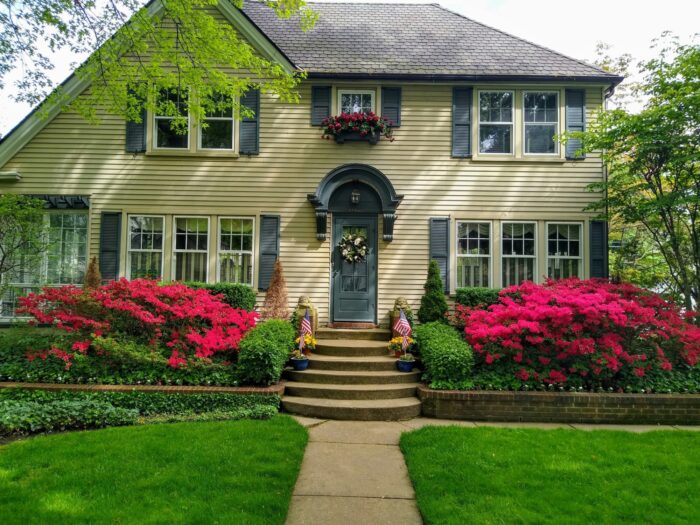
For more accessible upgrades and renovations, consider incorporating some decorative elements into your colonial home, like:
All these elements can harmoniously work with your entire exterior to give your home a visually captivating homage to colonial-style history.
Here at Rollex, we have high-quality exterior products that can effortlessly complement your home’s colonial style. From steel siding and horizontal vinyl siding to soffit and rainware, we are here to take your inspiration and make it a reality.
Contact us today to discover how we can help you bring your colonial home design to the next level.